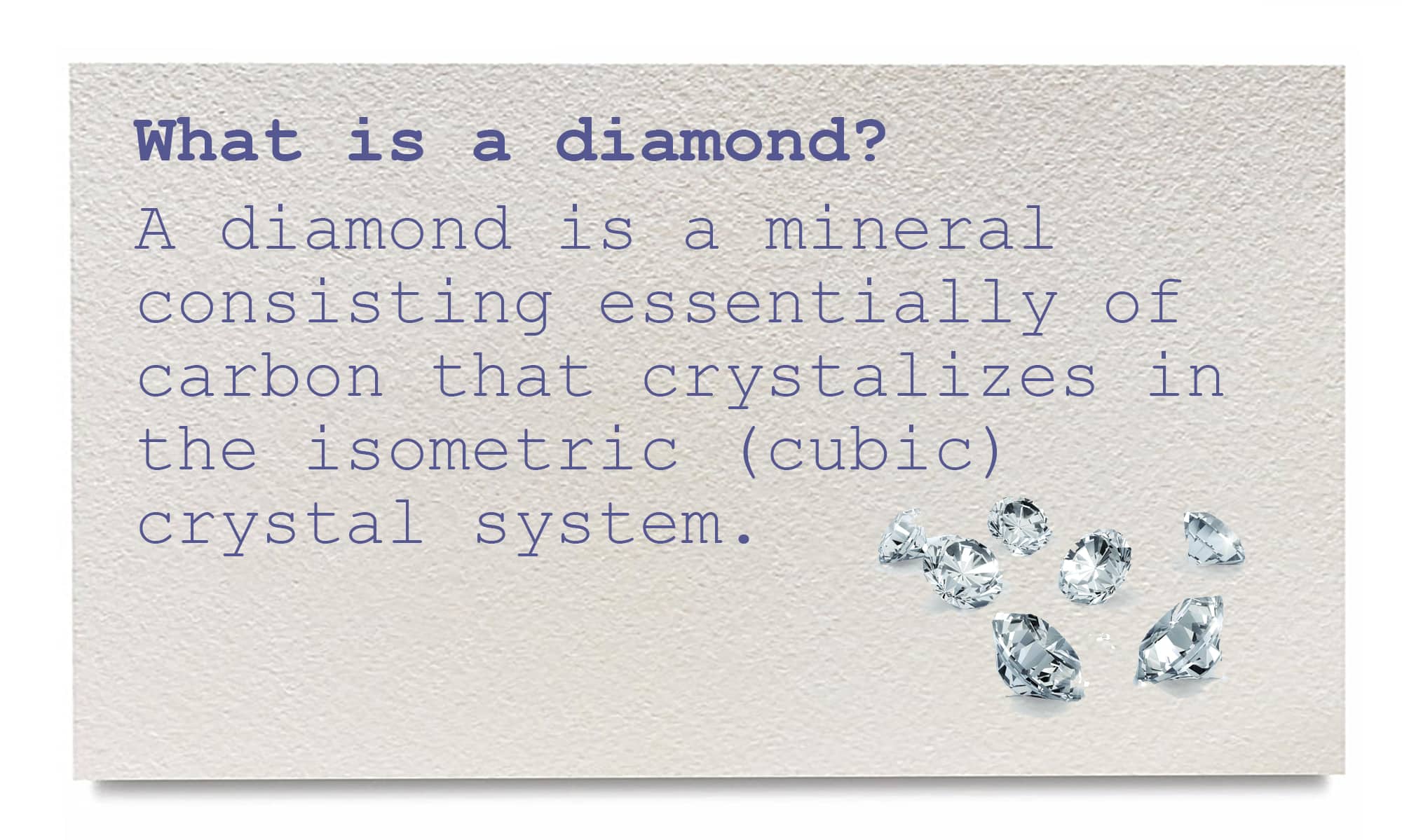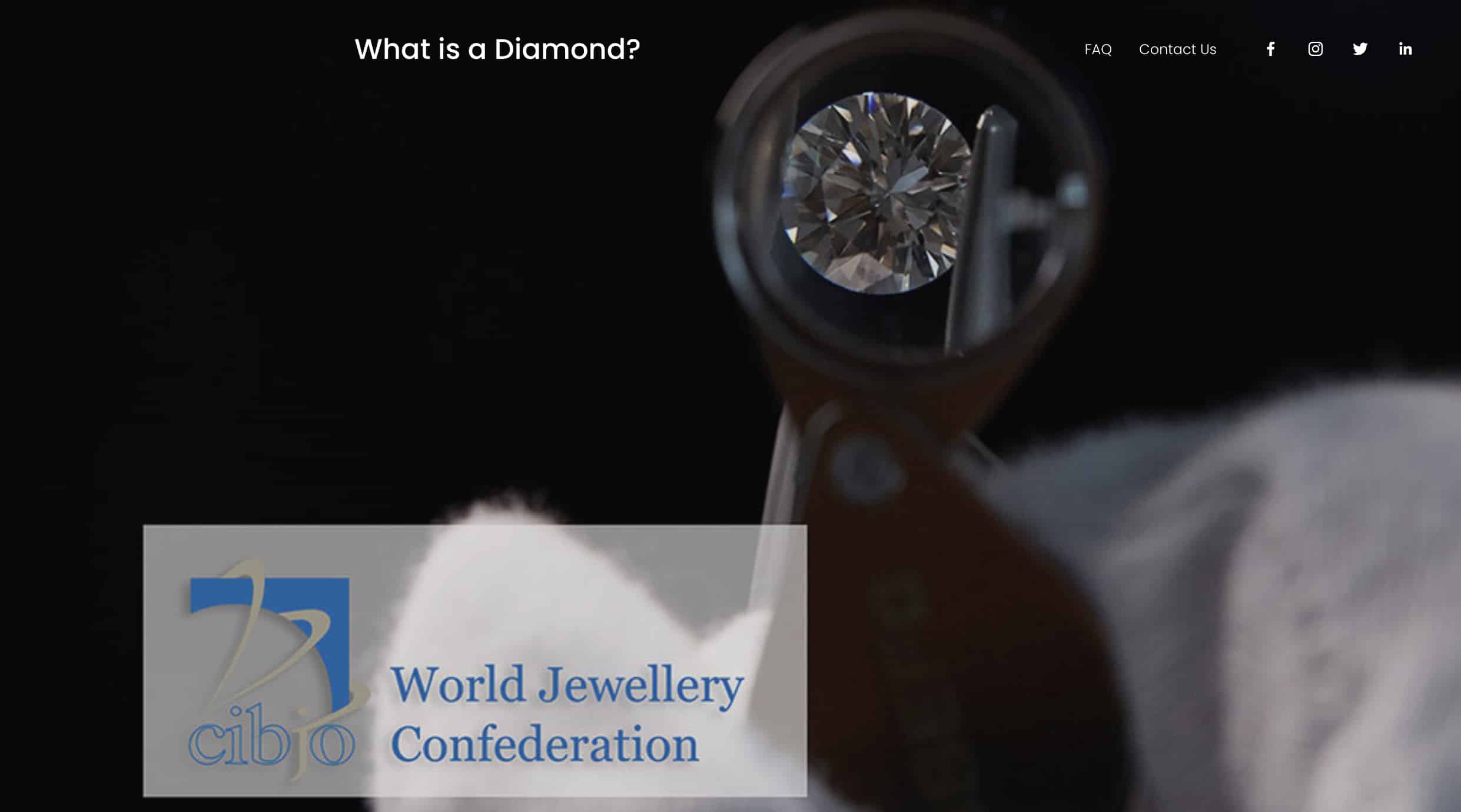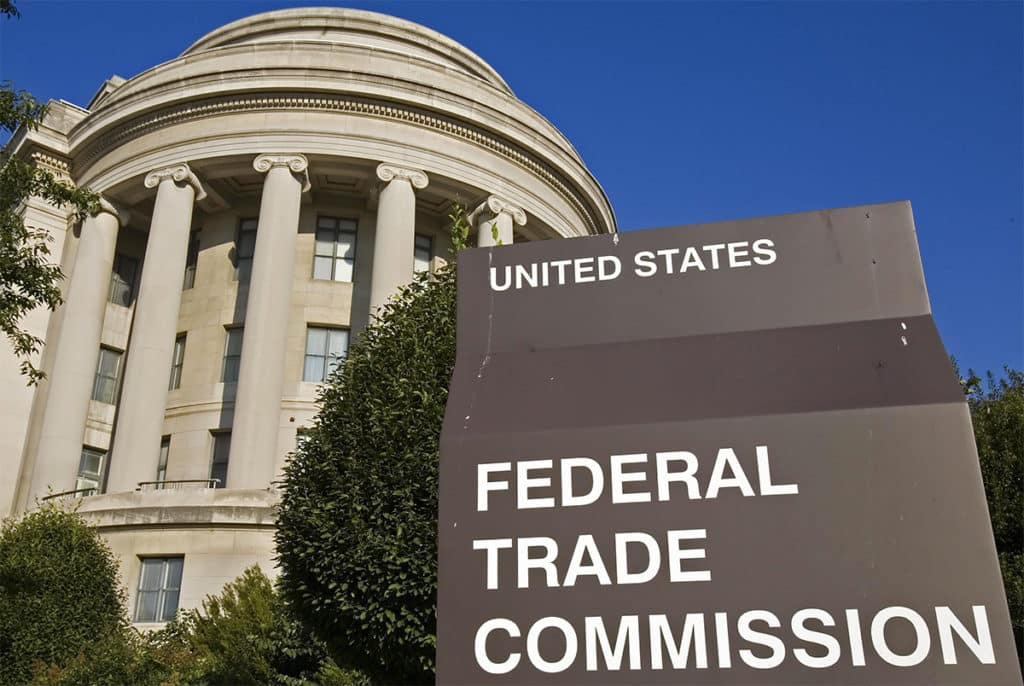Blog
Home » Diamonds blog » NOT NECESSARILY A SIMPLE QUESTION: WHAT IS A DIAMOND?
Focus on

A new informational website, called “What is a Diamond has been created by CIBJO, the World Jewelry Confederation. Its purpose is to inform consumers and members of the jewelry and gemstone industry about the precise terminology that should be used to describe stones that grew through natural geological processes and those that were synthesized by man. It is located on the web at www.whatisadiamond.org.
The definitions that appear on the website use as their primary reference the CIBJO Diamond Blue Book, which is most probably the most widely followed set of nomenclature and standards in the industry worldwide. These comply with and largely were the source for ISO Standard 18323 of the International Organisation for Standardisation, which was published in 2015.
“Our goal is not to indicate what is better or more valuable, but rather to ensure that the public is able to distinguish between the different products in the marketplace,” said CIBJO President Gaetano Cavalieri. Consumer confidence, which is the bedrock of our industry, is completely dependent on people being able to make informed purchasing decisions.”
IS A MINERAL BY DEFINITION NATURAL?
According to the CIBJO website, “a diamond is a mineral consisting essentially of carbon that crystalizes in the isometric (cubic) crystal system.” Sound simple enough, but does that answer the question as to whether it comes from nature or is man-made?
Here the CIBJO website gives a hint, noting that “a mineral is natural by definition.”
Why so? The word “mineral” is derived from the from a Medieval Latin term “minerale,” which meant something mined, implying that it could only come from the ground. In modern science, the word has been in use since the early 1800s, and it has referred to inorganic bodies occurring in nature.
But, of course, the problem is that when the word mineral came into common usage there was nothing such as a synthetic diamond.
In the United States, it is the Federal Trade Commission, or FTC, which dictates what language can appropriately be used in the business. Up until three years ago, its definition of the diamond was “a natural mineral consisting essentially of pure carbon crystalized in the isometric system.” But then in 2018 it removed the word “natural,” from the definition, in an apparent nod to synthetic diamond producers.

An informational website, called “What is a Diamond,” created by CIBJO, the World Jewelry Confederation, is intended is to inform consumers and members of the jewelry and gemstone industry about the precise terminology that should be used to describe stones that grew through natural geological processes and those that were synthesized by man. It is located on the web at www.whatisadiamond.org.
“When the commission first used this definition in 1956, there was only one type of diamond product on the market — natural stones mined from the earth,” the FTC said at the time, explaining its decision. “Since then, technological advances have made it possible to create diamonds in a laboratory. These stones have essentially the same optical, physical and chemical properties as mined diamonds. Thus, they are diamonds.”
For its part, CIBJO describes a synthetic diamond as “an artificial product having essentially the same chemical composition, physical properties, and structure as that of a diamond, whichever method of growing is used.” It also defines the word “artificial” as “a product which is partially or completely made by man.”

The Federal Trade Commission dictates what language can appropriately be used in the jewelry business in the United States. While similar, its instructions about how diamonds can be described contain differences to those required by CIBJO.
ACCEPTABLE FORMS OF DESCRIPTION
But both CIBJO and the FTC agree that, if a laboratory grown diamond is being offered, the seller is obliged to describe it as such. Indeed, if the word “diamond” is not preceded by an adjective that states otherwise, both organizations concur that a consumer can reasonably assume it to be natural.
As far as CIBJO is concerned, the number acceptable terms descriptive terms for a created diamond is limited, and include “synthetic, ‘laboratory-created” and “laboratory-grown.” The FTC provides greater leeway, but actually recommends against the word “synthetic,” which it contends that some consumers tend to equate with fake.
The American government agency later qualified its ruling even more narrowly, in a letter sent in 2019 to the laboratory-grown diamond producer the Diamond Foundry, it wrote: “The term ‘aboveground real’ diamonds does not clearly and conspicuously disclose that the diamonds are laboratory-created. Neither the company name Diamond Foundry, the hashtag #labgrowndiamonds, nor the statement ‘real diamonds created in America’ appearing in some of this advertising clearly and conspicuously disclose that the diamonds are laboratory-created.”
There are man-made diamond traders who prefer to refer to their products as “cultured,” in the same way that would speak of a “cultured pearl,” which also was produced with human intervention, albeit in the natural setting of an oyster.
From CIBJO’s perspective, use of the word “cultured” is absolutely forbidden. The FTC takes a more flexible approach in this respect, but says that if “cultured” is used further clarification is required to ensure that the consumer truly understands what exactly is being referred to.
